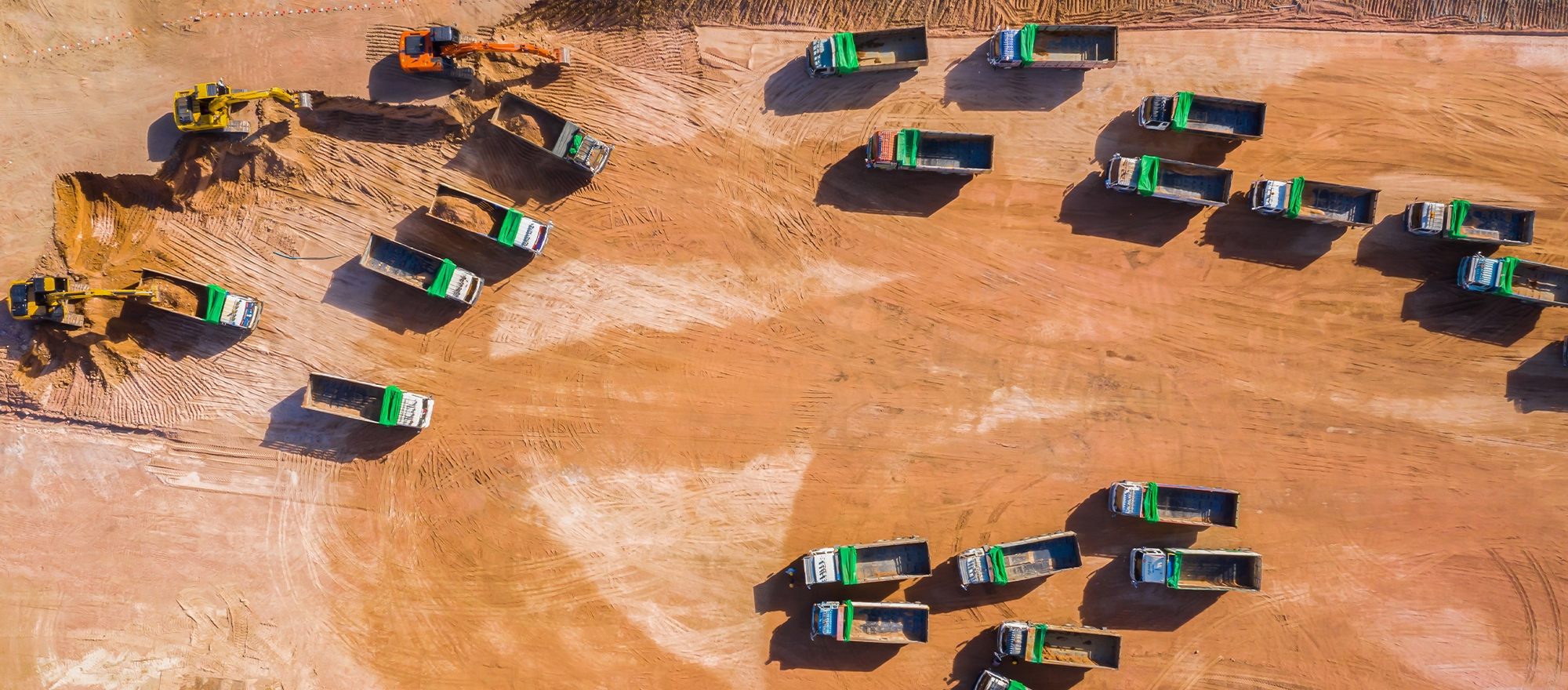The mining industry is at a pivotal technological crossroads. Much like how the music industry's transition from CDs to digital downloads positioned artists perfectly for the streaming revolution, today's mining operations face a similar transformative opportunity with hybrid retrofits. At Alta Technology, we see hybrid retrofits not just as steppingstones to decarbonisation, but as the groundwork for a comprehensive technological ecosystem that will define industry leaders in the coming decade.
The sector has historically evolved at a measured pace, with equipment life cycles spanning decades rather than years. This presents both a challenge and an opportunity – how can operations embrace future technologies without abandoning massive capital investments in existing assets?
The answer lies in intelligent hybridisation. And our PureTraction™ product suite is the bridge between yesterday's mechanical systems and tomorrow's fully autonomous, AI-driven operations with five key benefits to operators.
1. Creating the foundation for autonomous operations
Hybridised vehicles aren't just cleaner, they're inherently more compatible with autonomous systems. The shift from mechanical to electronic control systems required for hybrid retrofits establishes the digital architecture necessary for future autonomous capabilities which rely predominantly on electrical, not diesel-powered systems.
What does autonomy look like? Think separating humans from hazardous environments, enabling continuous 24-hour operations, and dramatically reducing labour bottlenecks while improving safety outcomes.
Further, charging infrastructure will evolve alongside these electrified fleets. The mining operations of tomorrow will feature both static charging stations in maintenance areas and innovative dynamic charging solutions integrated into haul roads and loading zones. This will eliminate the traditional trade-off between charging time and operational hours, enabling continuous operation while maintaining the benefits of electrification.
2. Enabling advanced data ecosystems
The electrification of mining fleets transforms vehicles from isolated machines into connected data nodes. Each retrofitted vehicle becomes a sophisticated data collection platform, continuously generating operational insights that feed into predictive maintenance systems and optimise entire mining processes. This enables mining operations to benefit from the same data revolution that has transformed other industries.

AI has the potential to unlock autonomous operations across fleets.
3. Performance evolution beyond mechanical limits
Electric drive systems deliver performance capabilities that traditional mechanical systems simply can’t match. Immediate torque delivery, superior acceleration, and consistent power output across operating conditions translate to improved cycle times and productivity. These performance advantages compound over time, creating operational efficiencies that extend well beyond simple fuel savings.
4. Integration with emerging energy systems
Beyond immediate fuel savings, hybrid retrofits fundamentally transform operational economics by eliminating the complex logistics, storage requirements, and infrastructure maintenance associated with diesel dependency. Strategic mining electrification simplifies operations by reducing reliance on diesel supply chains while simultaneously cutting carbon emissions, creating both immediate cost benefits and long-term operational advantages.
Additionally, tomorrow's mines will rely on distributed energy systems incorporating solar, wind, and advanced storage technologies. Hybrid retrofits create natural integration points for these evolving energy systems, allowing operations to gradually transition from diesel dependence to renewably powered operations without disruptive infrastructure overhauls.
5. Improving asset lifecycles
Electric components experience different wear patterns than mechanical systems, with fewer moving parts and more predictable maintenance requirements. This shift extends asset lifecycles, reduces the need for maintenance and downtime, while simultaneously increasing utilisation rates and reducing operational uncertainty.
The strategic advantage for mining companies lies not in waiting for perfect solutions, but in building adaptable foundations now. First movers in this space aren't just adapting to change; they're actively shaping the future competitive landscape.
Forward-thinking mining operations are already asking us about how quickly they can position themselves at its forefront. The leaders of tomorrow are making these decisions today.
